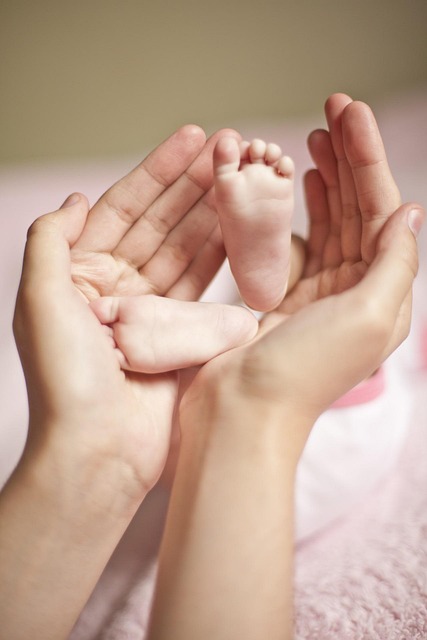Choosing the right wax type and following pre-wax preparations are vital for a safe and comfortable bikini waxing experience for women, minimizing irritation and ensuring effective hair removal. Proper aftercare, including exfoliation and hydration, is crucial to prevent ingrown hairs and maintain healthy skin. Neglecting post-waxing care can hinder results and increase irritation.
“Avoid common pitfalls with full body waxing and achieve smoother, longer-lasting results. This guide highlights critical mistakes often made by women undergoing bikini waxing, offering essential insights to ensure a comfortable and effective experience. From selecting the wrong wax type for sensitive skin to neglecting post-wax care, learn how to steer clear of ingrown hairs and irritations. Discover expert tips on pre-wax preparations and techniques to revolutionize your bikini waxing routine.”
Wrong Wax Type for Sensitive Skin
Using the wrong wax type can be a common and painful mistake, especially for those with sensitive skin. When considering bikini waxing for women, it’s crucial to choose a product formulated specifically for delicate areas. Over-the-counter waxes often contain strong ingredients that can cause irritation, redness, or even more severe reactions. Opting for a wax designed for sensitive skin, such as those with calming aloe vera or soothing herbs, can make the entire process less uncomfortable.
For bikini waxing, a gentle, warm wax is generally recommended to minimize skin disruption. Additionally, using a new, clean strip each time ensures hygiene and reduces the risk of skin infections. Remember, if your skin becomes overly sensitive or experiences severe reactions after waxing, consult a dermatologist for personalized advice tailored to your specific needs.
Skipping Pre-Wax Preparations
Skipping pre-wax preparations is a common mistake that can lead to an unpleasant and less effective bikini waxing experience for women. Before scheduling your appointment, ensure you take the necessary steps to prep your skin. This includes exfoliating to remove dead skin cells, trimming or shaping hair to about 1/4 inch in length, and avoiding sun exposure or tanning for a week before the procedure.
These preparations are crucial because they help the wax adhere better to hair, making the waxing process smoother and reducing the risk of ingrown hairs or irritation. Additionally, pre-waxing rituals create an opportunity for open communication with your wax technician about any specific concerns or areas requiring extra attention, ensuring a more satisfying bikini waxing result.
Inadequate Technique Leading to Ingrown Hairs
Many women opt for bikini waxing as a preferred method of hair removal, but it’s not without its potential pitfalls. One of the most common issues that can arise is ingrown hairs—a painful and unsightly side effect. This often occurs due to an inadequate waxing technique. Improper removal of the hair can lead to hair follicles becoming trapped beneath the skin’s surface, causing irritation and new hairs to grow in a twisted direction.
When undergoing bikini waxing, it’s crucial to ensure that the wax is applied correctly, with even pressure across the area. The technician should then strip the wax quickly in one direction, following the natural growth pattern of the hair. Using old or hard wax, or not warming it to the right temperature, can also contribute to ingrown hairs. Proper aftercare, including exfoliating and moisturizing the skin, is equally important to prevent this issue.
Neglecting Post-Wax Care Routine
After a full-body wax, many women rush to get back into their regular routines, often neglecting the crucial post-wax care steps. This is a mistake as proper aftercare is essential for achieving smooth results and preventing skin irritation. Post-bikini waxing for women should involve gentle cleansing with a mild cleanser to remove any leftover wax or product residue, followed by applying a soothing, hydrating lotion or cream. This process helps to calm the skin and lock in moisture, reducing redness and itching.
Additionally, exfoliating gently a few days after waxing can help slough off any dead skin cells, further improving skin texture. Using a soft cloth or loofah with a gentle cleanser will not irritate the sensitive areas just waxed, ensuring a more comfortable recovery process. Remember, taking care of your skin post-waxing is an often-overlooked step that can make a significant difference in how your skin looks and feels afterwards.
Avoiding common pitfalls is key to achieving smooth, comfortable bikini waxing for women. Using the right wax type for sensitive skin, preparing the area adequately, ensuring proper technique to prevent ingrown hairs, and maintaining a post-wax care routine are essential steps. By steering clear of these mistakes, you can enjoy longer-lasting results, reduced discomfort, and smoother skin, making your bikini waxing experience more satisfying.
